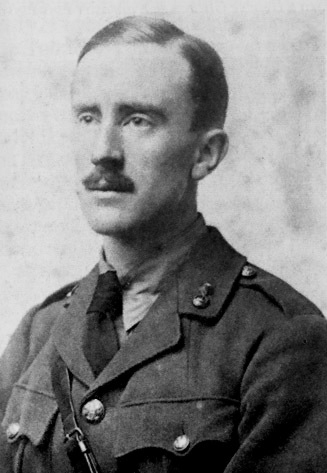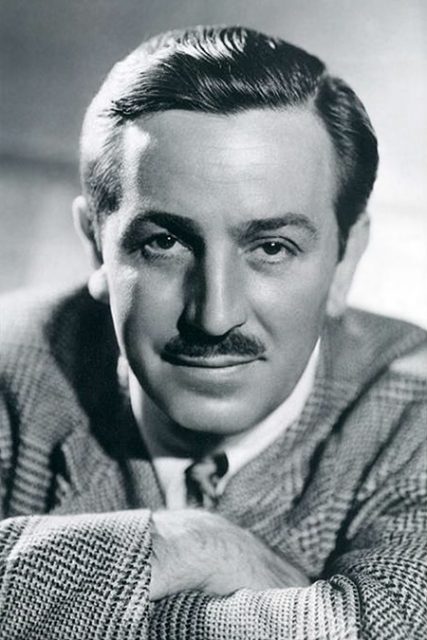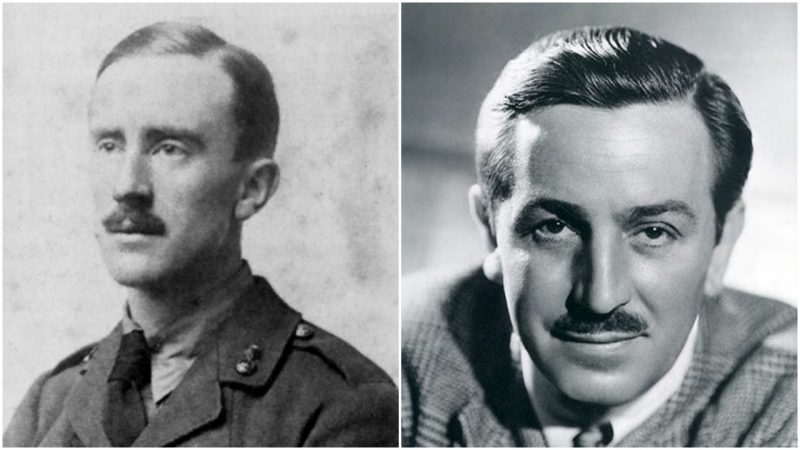No one wants a good story to end, and why should we? A story can offer insight, joy, and solace, among many, many other things. It is, as the Nigerian poet and novelist Ben Okri once remarked, one that “makes our hearts bigger.” Would we then leave it to rest? Of course not, we want more tales to be told.
Unfortunately, “everything has to come to an end, sometime”– L. Frank Baum, The Marvelous Land of Oz.
Every book has a last page, and every human–including those very few among us tiny little specks in the vast universe who not only invent stories of interest to so many but create worlds, new magnificent worlds, mesmerizing ones, which we never ever wish to leave–at one point in time ceases to exist.
They die, their ink dries up, and no matter how much we want to learn more about their interesting and magical worlds and all the charming characters within, their individual spell-bounding stories end with them, unfortunately.
Middle Earth is, we might all agree, definitely one of these, and everything in it was put to rest on September 2, 1973, when J. R. R Tolkien, the brilliant English writer who envisioned his worlds so masterfully, sadly died and could not expand fictional worlds anymore.

Tolkien was dead, the world was hooked, and Christopher, his beloved youngest son, appointed by the author as his literary executor, in an attempt to prolong his father’s legacy and wishing to satisfy the wistful crowd, released more pages and publications that the author himself published while he was alive, with the last one, Beren and Lúthien, published in 2017. It was one that his father wrote a whole century ago, long before The Hobbit and his unexpected journey, and the famous The Lord of the Rings trilogy was ever written.
Christopher also assisted his father’s biographer, Humphrey Carpenter, in selecting a number of letters written by the author for publication in a book. Included were personal letters to his wife, his children, and his long-time publishers, Allen and Unwin. These, in particular, allow Tolkien’s fans to take a peek inside his life and learn who he was, and what he liked and disliked. One of those letters revealed something that he truly disliked, or heartfelt loathed in his own words. The work of Walt Disney.
“It might be advisable, rather than lose the American interest, to let the Americans do what seems good to them–as long as it was possible (I should like to add) to veto anything from or influenced by the Disney studios (for all whose works I have a heartfelt loathing).” – The Letters of J.R.R. Tolkien, 1981, letter 13.
As it seems, Tolkien was not keen to let his works be “tarnished” by the man, his company, and their way of doing things.
Months before the first edition of The Hobbit was published in the U.K. in September 1937, his publishers Allen & Unwin informed the author that “one of the outstanding firms of American publishers” was interested in publishing his book in the United States, and even said that they had a good American professional artist lined up to take care of the drawings. Tolkein was reluctant at first. He wished to do the drawings himself, just as for the U.K. edition. But time was running out, deadlines were approaching, and the Americans wished to squeeze in at least four color pictures in between the already planned two maps and Tolkien’s 10 black and white illustrations.
It was mid-semester at Oxford, his publishers were on the same page and advised him to do the drawings himself. So he said he would “try and draw some five or six others for the purpose. I will attempt this, as far as time allows…but I could not promise anything.” He didn’t know who the American publisher was at the time, nor who was to make the drawings if he failed to do them himself, but said yes to the offer nevertheless as long as everything they did had nothing to do with Walt Disney or he would be out.
By the end of September, the Houghton Mifflin Company of Boston received a letter. It contained a drawing, but it certainly wasn’t Disney’s, it was Tolkien’s. It was the final drawing, “The Hill: Hobbiton-across-the-Water.” They already received his previous ones, “Rivendell,” “Bilbo woke with the early sun in his eyes,” and “Conversation with Smaug.”
All were included in America’s first edition of The Hobbit, which came out at the very start of 1938 with “The Hill: Hobbiton-across-the-Water” serving as a front cover and “Conversation with Smaug” as the back to a wonderfully designed dust jacket.
The Hobbit as a book took one unexpected journey of its own. Though Tolkien at one point hoped that “Mr. Baggins will eventually come to his rescue” but in “a moderate way,” not with “pots of troll-gold” but just enough to cover at least his medical expenses in times of difficulty, as he explained in a letter sent to his publishers in 1937, his hobbit returned with huge pots of troll gold. His children’s book, initially printed at 1,500 copies in the U.K. and no more than that in the U.S., now stands as the second-best-selling single volume in the fantasy realm of all time, right after its “big brother,” The Lord of the Rings. And there is not a speck of Disney in any of those pages, nor on any other, including every page published after he died.
Years later, in another one of his letters, this time sent to Miss J. L. Curry, a student at the Stanford University in 1964, right after the release of Mary Poppins, he revealed why he felt such hatred toward Disney, a fellow visionary across the Atlantic:
“…I recognize his talent, but it has always seemed to me hopelessly corrupted. Though in most of the ‘pictures’ proceeding from his studios there are admirable or charming passages, the effect of all of them is to me disgusting. Some have given me nausea… “
The name Disney is not mentioned anywhere in the letter, but the accusation that follows right after points in his direction, as he is referring to a man as “simply a cheat: willing and even eager to defraud the less experienced by trickery sufficiently ‘legal’ to keep him out of jail.”

Having in mind Mary Poppins and the P. L. Travers’ book adaptation controversy, it might not be far-fetched to say that the man in question was probably Walt.
In, 1978, five years after he died, the first official adaptation did come out; it was an animated one, and it was not Disney’s. It was Ralph Bakshi’s version of The Lord of the Rings, produced by United Artists. Years later one director brave enough adapted his pages into live action movies. Peter Jackson did brilliantly with The Lord of the Rings, and once again with The Hobbit installments. Both were produced by enterprises not owned by the Walt Disney Company.
So it seems that just as we don’t want a book to end, this author was not about to see what he left behind stained and degraded.
Related story from us: The idea of “the Ring” existed centuries before Tolkien’s epic saga
However, in a strange twist of events, during the early 1990s, Miramax owned some of the rights for the first trilogy, and that company was a Disney subsidiary. They sold the rights eventually, but with a percentage clause for further earnings that brought both Miramax and the now-infamous Weinsteins one juicy piece of the profits.
